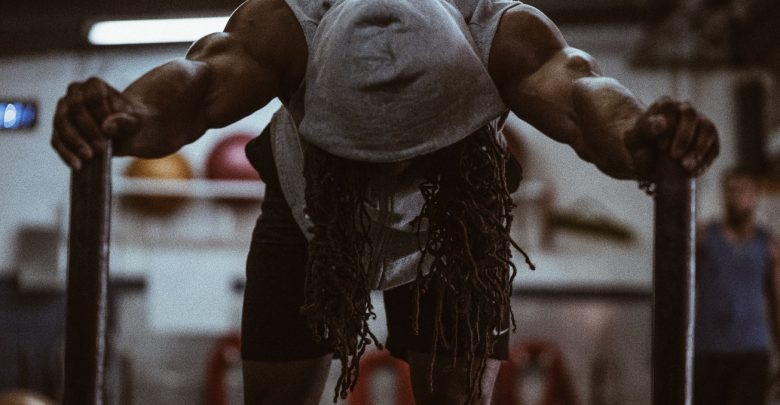
Back in the day, strength and conditioning was a luxury reserved for top level athletes. Now, everybody from weekend warriors to collegiate football players want their share. Who wouldn’t want to be fitter, faster, stronger and dare we say, better? We all like the idea of taking our physical performance to the next level.
But what actually is strength and conditioning? Could it help you unlock next level athletic performance? Well, given the science-based approach of S+C, it could. Here’s everything you need to know.
What is strength and conditioning – and what does it mean?
When someone says strength and conditioning, most reactions are automatic. Anybody who has seen a behind the scenes shot of an NFL season conjure images of hulking men dripping in sweat over a loaded prowler. If you’re a fight fan, you might picture the current world champ slamming a medicine ball into concrete with a grunt and a thud, sweat dripping from their face and brow. But, does this really tell us what’s going on inside? Well, not really, but it looks good for the camera. It’s a little different to your everyday Planet Fitness workout.
Strength and conditioning doesn’t hide behind gimmicks. It quite literally means what it says on the tin – strength training and energy system conditioning.
The art of strength and conditioning is taking sports science and applying it to an athlete. Unlike bodybuilding where aesthetics is king, S+C focuses on bettering performance. As a practitioner, you are looking to build the strength of your body and its aerobic ability to carry out work. Bigger muscles and improved definition are a welcomed add-on.
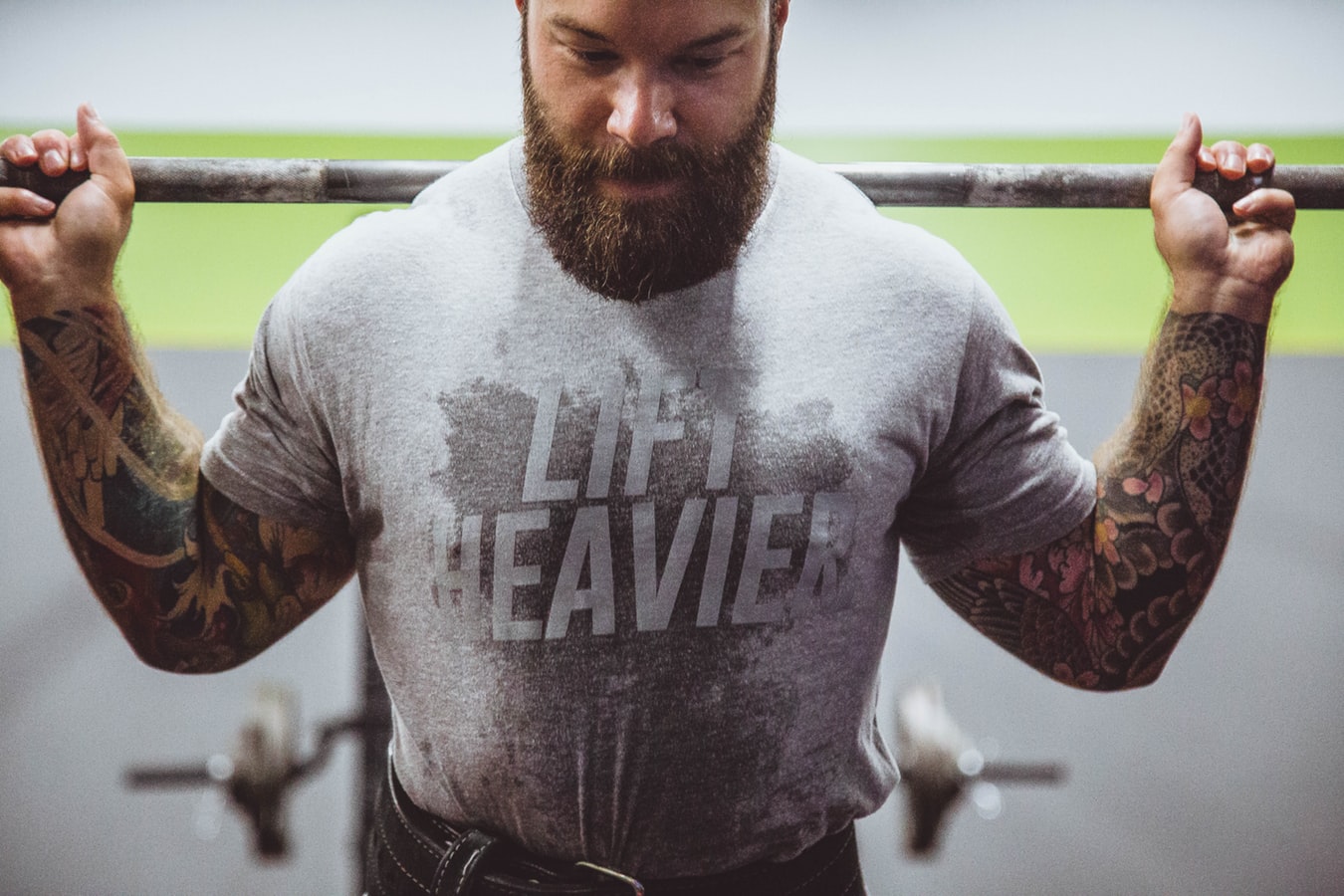
Why you should use strength and conditioning
At the beginning of this article, we mentioned how S+C used to be the realm of elite sports stars – something kept between the sports scientists and the top athletes in the world. Yet, largely thanks to the internet and the rapid spread of information, we’re learning how strength and conditioning can work for weekend warriors too.
Be stronger – live longer
Strength training – especially the functional kind – should be a key part of everyone’s fitness routine. It’s there to make you stronger (obviously) in both muscle and mind. Your bones become denser too, making them less exposed to breakage and fractures. There are absolutely zero reasons you shouldn’t strength train if your health allows it. Scientists have since found out that stronger people tend to live longer too[1]. That’s right – be stronger, live longer.
Athletes can always benefit from becoming stronger. Naturally, it’s all about building an appropriate level of strength for their sport too, which is the challenging balancing act. A basketball player might only need to create a certain degree of leg starting strength to improve their jumping power. As such, they’ll not need the same squat routine as an Olympic weightlifter. On the other hand, a rugby pro might work hard on his core strength to keep him immovable against scrappy opposition.
Another reason to consider strength training is that your muscles can work at a lower capacity. See it like this – imagine you have an identical twin, the same in every way, and you both pick up a 240 lb. bar, which is 80% of your full capacity.
Now, imagine you’ve trained to become stronger and they’ve stayed the same. That 240 lb. bar could be just 60% effort for your muscles, while it stays 80% of theirs. Do you see where we’re going with this? Everyday tasks become less effort and don’t tax your body quite as much. Studies show strength can simultaneously improve muscular endurance, which may help prevent injury, while providing enough in the tank to score touch downs in the dying minutes of a game[2]. Surely, it’s better to have a big engine you can push when the time is right, rather constantly redlining one half the size?
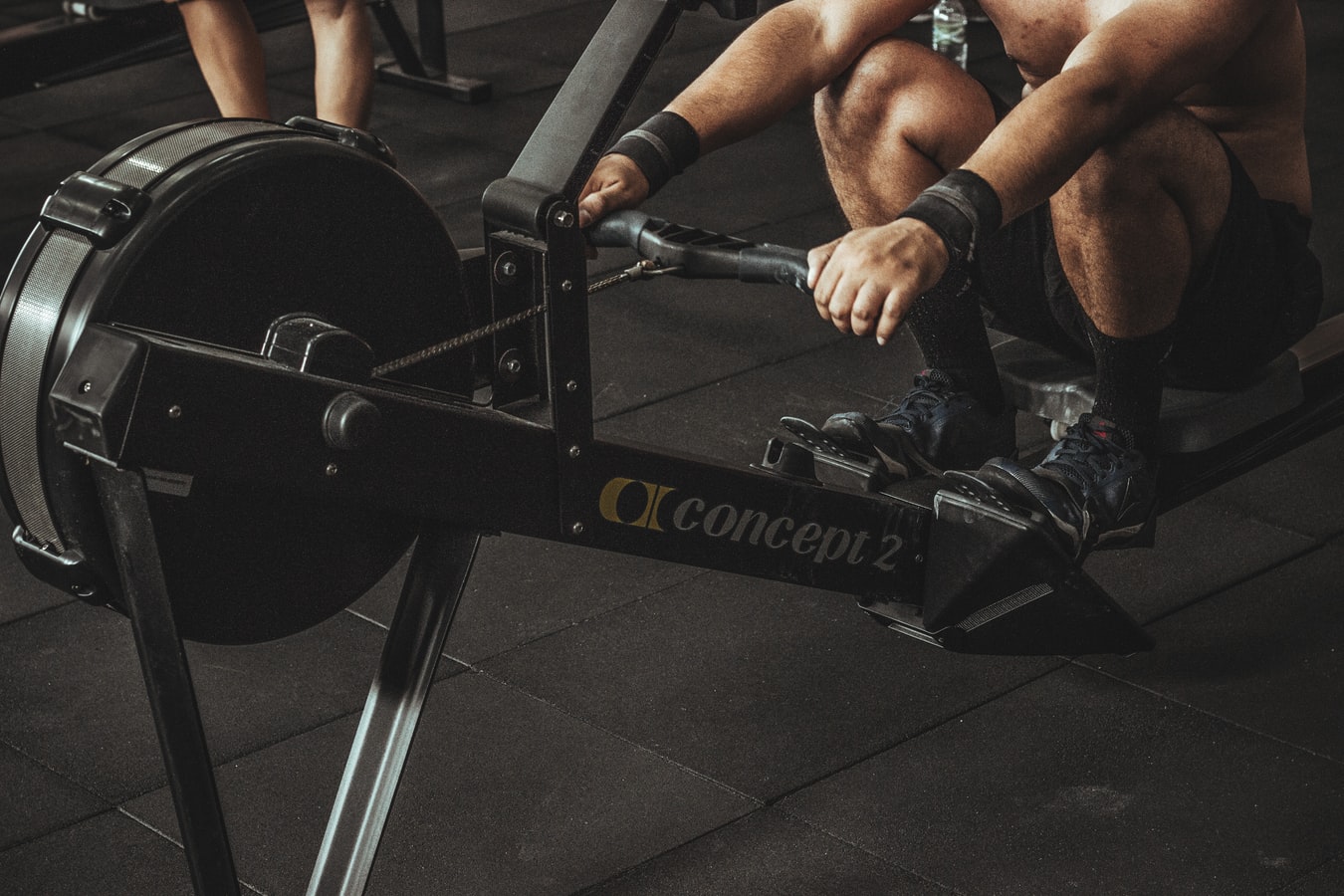
Conditioning is king
Conditioning is the act of turning up your energy systems to the next level. Because while strength might help you dominate an opponent, it’s conditioning that allows you to do it time and time again. On game day, conditioning is king.
To understand why conditioning training can benefit your life, let’s look at your energy systems. Your two main types of activity are:
- Aerobic – with oxygen
- Anaerobic – without oxygen
Aerobic conditioning
Aerobic activity typically resides below 75% maximum heart rate. When you’re moving around in this zone, your body is able to use oxygen to provide energy. How long you can go exercising is potentially limitless, proving you have enough calories available for fuel. Your aerobic capacity is your conditioning base – it’s incredibly important for all athletes. We’re not telling you to get out pounding the pavement for hours at a time though. Once built, this base can be easily sustained.
So, what’s so important about aerobic conditioning? It turns out that even the most explosive of high-powered athletes can benefit. First, your aerobic conditioning can improve recovery time between bouts of intense exercise. By improving your aerobic capacity, you also increase blood flow, making your body more efficient at flushing out debris and toxins during rest periods. You’ll then be able to ramp up intensity without feeling as much fatigue.
Anaerobic conditioning
On the flip side, when you’re using explosive power and short bursts of intensity, you’re calling upon your anaerobic energy system. There’s no oxygen present to provide energy here, instead you’re using adenosine triphosphate, also known as ATP. Here’s the catch though – you’ve only about 5-10 seconds of ATP to use at once. Recovery time? Approximately three whole minutes!
It’s important to let your ATP fully replenish when training in the anaerobic zone. Doing so will drag out every last drop from each rep, which is exactly what you want for maximum progression. You’re not just training your muscles here, but your central nervous system too, which is also adapting to experiencing high levels of stress. All the time you’re carrying out your anaerobic conditioning, your CNS is improving the synchronizing motor units, ultimately configuring your muscles to fire better too.
Anaerobic conditioning is also proven to boost your VO2 max more than moderate training[3]. This is the maximum amount of oxygen you can utilize during exercise. When your VO2 max increases, so does your aerobic endurance. It’s not your lactic threshold though, which is the mark when lactic acid buildup surpasses a point when it can’t be removed as quickly, severing your ability to keep exercising hard. So, the two shouldn’t be confused. It’s believed that improving your VO2 max will also improve how your body generates ATP. But, a high VO2 max isn’t the be all of conditioning. You really have to work at the whole bag to improve your athletic profile.
Prevent injury
The job of a strength and conditioning coach is to improve your physical function. As a result, you can use S+C to not only increase your strength, speed, and agility, but your safety too. Injury prevention is a huge part of tailored strength and conditioning, which helps reduce risks out on the field.
In an athletic sense, this might be improving how fast your muscles react during a change of direction, while simultaneously strengthening ligaments. On a more day-to-day sense, improving your balance could keep you from falling over on a busy commute to work, or safer while out on your weekend hike. S+C has a strong emphasis on preparing your body for whatever the world throws at it – although there’s no way to cancel out all risk of injury. It’s all about controlling what you can and minimizing the chances.
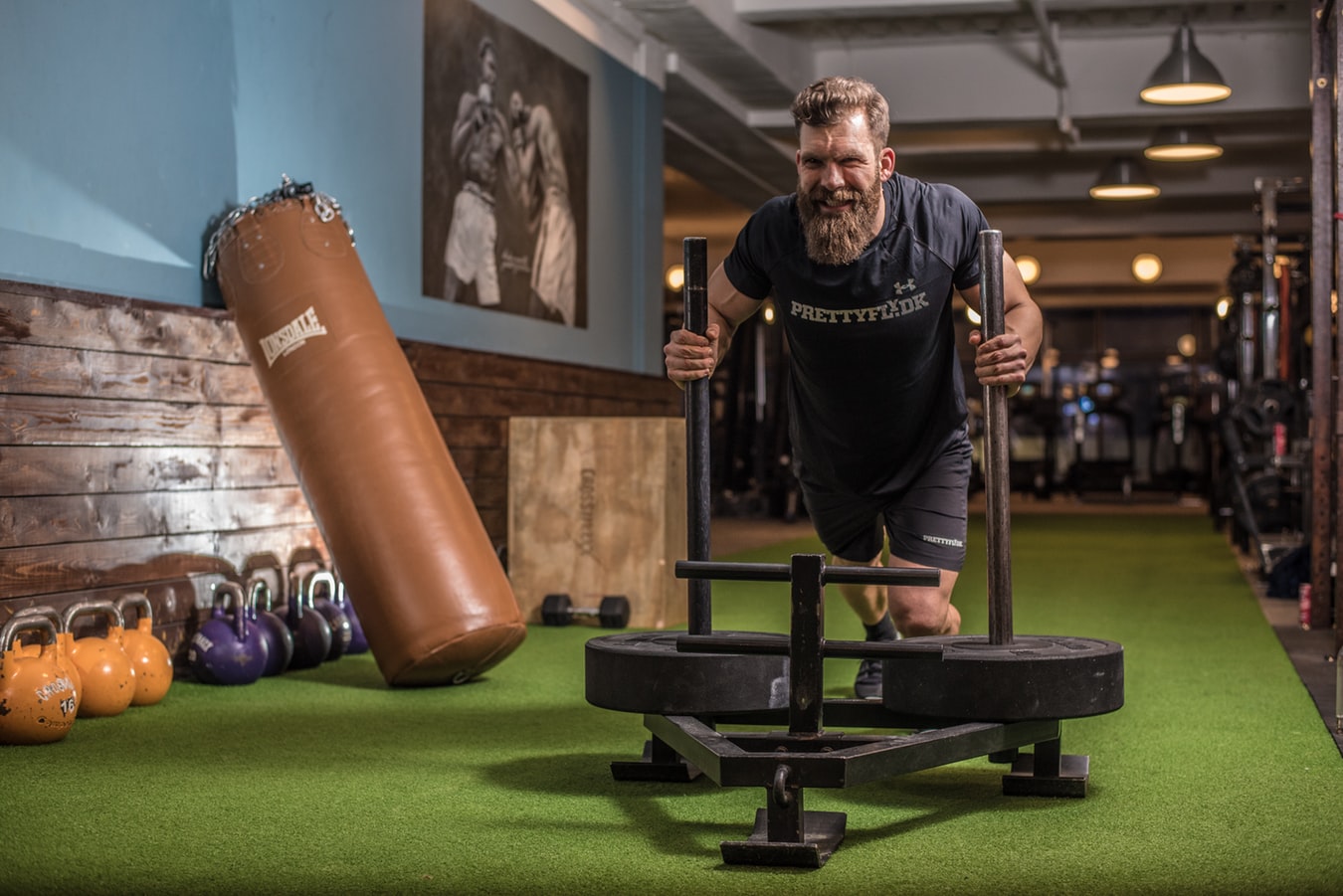
The last lift
Welcome to the world of strength and conditioning – you’re welcome. If you didn’t understand how it could improve you as an athlete, you do now. Even the everyday person can get a lot from being stronger, efficient, and safer.
So, if your next step is to start an S+C plan, here are a few steps. Number one, hire yourself a reputable trainer. Fortunately, strength and conditioning is growing in popularity and because it’s all extracted from science, coaches are gaining official qualifications. Choose someone with the credentials – they need to walk the walk, not just talk the talks.
Number two, stick with the programme. Long term consistency always trumps long term intensity, which is especially true when lifelong health and fitness is concerned. Work out your goals, plan backwards, and enjoy the process. Your coach should give you a detailed plan with your progress all laid out in easy to understand blocks. They should also monitor your performance and movement to keep you safe while you’re training. This is your first day to a stronger, better conditioned you! Go get it.
References
[1] https://www.health.harvard.edu/staying-healthy/want-to-live-longer-and-better-strength-train
[2] https://www.ncbi.nlm.nih.gov/pubmed/19620916
[3] https://www.ncbi.nlm.nih.gov/pubmed/17414804
More you might like:
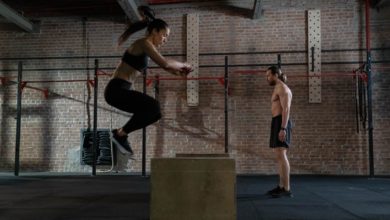

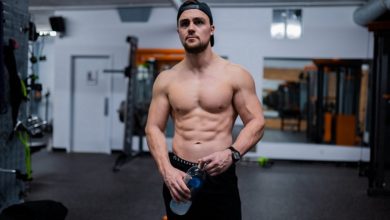
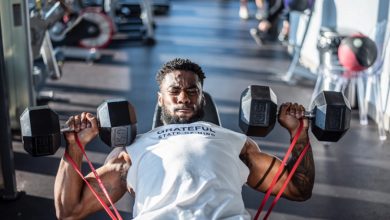
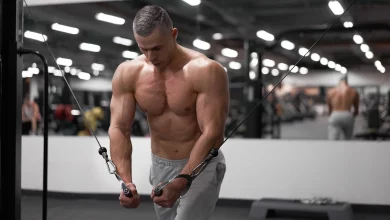
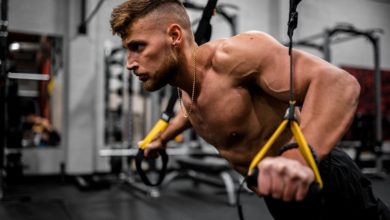
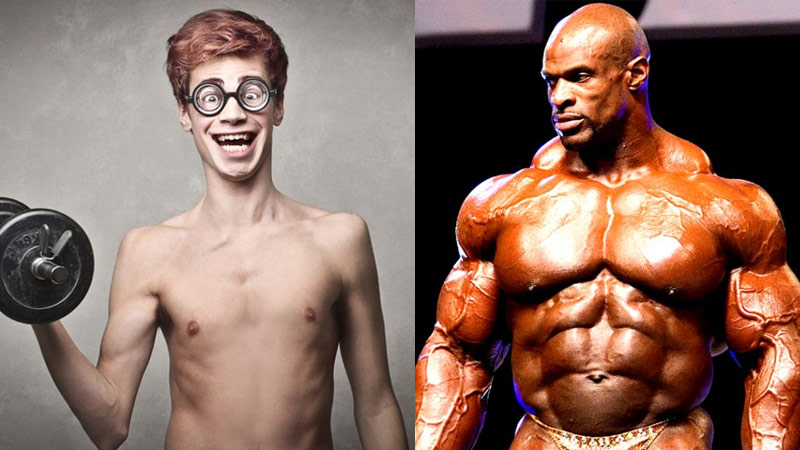
excellent post! Thank you! This site is gold!
Great guide thanks for sharing
Strength and conditioning at its simplest form is the practical application of sports science to enhance movement quality. It is grounded in evidence-based research and the physiology of exercise and anatomy. We all move and therefore we can all benefit from a better quality of movement. Strength and conditioning isn’t a hardcore beasting only for athletes, nor is it a particular Olympic lift, prowler push, or hill sprint drill. Whilst we might associate these moves with strength and conditioning, they’re tools that aid good strength and conditioning.
It’s very amazing blog because in this blog more information about health work out and I learn many things from it .
Thanks for giving this information us .
The information is very useful. Strength and conditioning are very important in any kind of sports.
It’s very amazing blog because in this blog more information about health work out and I learn many things from it .
Thanks for giving this information us .
wow, what great information here! going to subscribe for the next blogs, keep sharing with us. thanks!